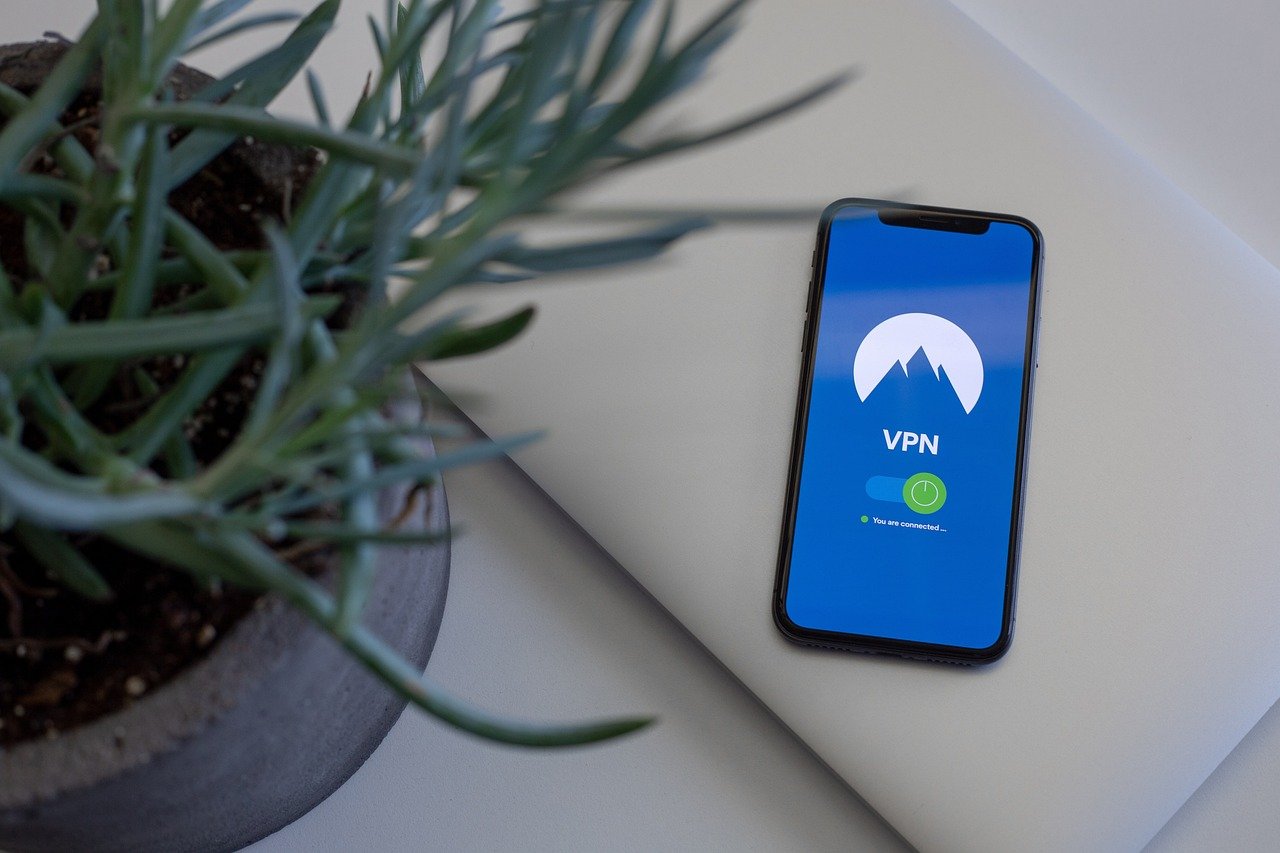The digital world offers unparalleled opportunities, but lurking beneath the surface is a growing threat: cybercrime. From phishing scams targeting individuals to sophisticated ransomware attacks crippling businesses, understanding the landscape of cybercrime is crucial for protecting yourself and your organization. This blog post will delve into the various facets of cybercrime, providing insights and practical steps to enhance your cybersecurity posture.
Understanding Cybercrime: A Broad Overview
Cybercrime encompasses any criminal activity that involves a computer, networked device, or a network. It’s a constantly evolving field, adapting to new technologies and vulnerabilities. Understanding the different types of cybercrime is the first step in defending against them.
Types of Cybercrime
- Phishing: This involves deceptive emails, websites, or messages designed to trick individuals into revealing sensitive information like passwords, credit card details, and social security numbers.
Example: A fake email from a bank requesting users to update their account information.
- Malware Attacks: Malware, short for malicious software, includes viruses, worms, and trojans designed to damage or gain unauthorized access to a computer system.
Example: Ransomware encrypts files on a computer and demands payment for their release.
- Identity Theft: Stealing someone’s personal information to impersonate them for financial gain or other fraudulent purposes.
Example: Opening credit accounts in someone else’s name using stolen social security number.
- Data Breaches: Unauthorized access to sensitive or confidential information stored by organizations.
Example: A hacker gaining access to a company’s customer database containing names, addresses, and credit card numbers.
- Denial-of-Service (DoS) Attacks: Overwhelming a server or network with traffic, making it unavailable to legitimate users.
* Example: A website becoming unresponsive due to a flood of requests from multiple computers.
The Scope of the Problem
Cybercrime is a global issue with significant financial and reputational consequences. According to the Cybersecurity Ventures report, global cybercrime costs are projected to reach $10.5 trillion annually by 2025. This staggering figure highlights the importance of proactive cybersecurity measures for individuals, businesses, and governments.
Protecting Yourself from Cybercrime
While the threat of cybercrime is real, there are several steps you can take to protect yourself and your personal information.
Strong Passwords and Multi-Factor Authentication (MFA)
- Create strong, unique passwords for all your online accounts. Use a combination of uppercase and lowercase letters, numbers, and symbols.
- Avoid using easily guessable information like your birthday, pet’s name, or street address.
- Use a password manager to securely store and manage your passwords.
- Enable multi-factor authentication (MFA) whenever possible. MFA adds an extra layer of security by requiring a second form of verification, such as a code sent to your phone, in addition to your password.
Recognizing and Avoiding Phishing Scams
- Be wary of unsolicited emails or messages asking for personal information.
- Check the sender’s email address for inconsistencies or misspellings.
- Hover over links before clicking to see the actual URL.
- Never enter personal information on a website you reached through an email link. Instead, go directly to the website by typing the address into your browser.
- Report suspicious emails or messages to your email provider or the Federal Trade Commission (FTC).
Keeping Your Software Up to Date
- Install software updates promptly. Software updates often include security patches that address vulnerabilities that cybercriminals can exploit.
- Enable automatic updates for your operating system, web browser, and other software applications.
Securing Your Business Against Cyber Threats
Businesses are prime targets for cybercriminals due to the valuable data they hold. Implementing robust cybersecurity measures is crucial for protecting your business from financial losses, reputational damage, and legal liabilities.
Employee Training and Awareness
- Conduct regular cybersecurity training for your employees. Teach them how to recognize phishing scams, avoid malicious websites, and follow safe computing practices.
- Implement a clear cybersecurity policy that outlines acceptable use of company devices and networks.
- Emphasize the importance of reporting suspicious activity to IT security personnel.
Implementing Security Solutions
- Install and maintain firewalls to control network traffic and prevent unauthorized access.
- Use antivirus software to detect and remove malware.
- Implement intrusion detection and prevention systems to identify and block malicious activity.
- Regularly back up your data to a secure location.
- Consider using a Security Information and Event Management (SIEM) system to collect and analyze security logs from various sources.
Data Encryption and Access Control
- Encrypt sensitive data both in transit and at rest.
- Implement strong access control policies to restrict access to sensitive data based on job role and responsibilities.
- Regularly review and update access permissions to ensure that only authorized personnel have access to sensitive data.
The Future of Cybercrime
Cybercrime is constantly evolving, driven by technological advancements and the increasing interconnectedness of the digital world. Emerging trends like artificial intelligence (AI) are both a weapon and a shield in the ongoing battle against cybercrime.
AI in Cybercrime
- AI-powered attacks: Cybercriminals are leveraging AI to create more sophisticated phishing scams, develop evasive malware, and automate attacks.
- AI-powered defense: Security professionals are using AI to detect and respond to cyber threats more quickly and effectively. AI-powered security tools can analyze vast amounts of data to identify anomalies and predict potential attacks.
The Internet of Things (IoT) and Cyber Security
- Increased attack surface: The proliferation of IoT devices, such as smart thermostats, security cameras, and medical devices, has created a larger attack surface for cybercriminals.
- Lack of security: Many IoT devices lack basic security features, making them vulnerable to hacking.
- Botnet potential: Compromised IoT devices can be used to launch large-scale DDoS attacks.
Conclusion
Cybercrime is a serious and growing threat that requires a proactive and multi-faceted approach to defense. By understanding the different types of cybercrime, implementing strong security measures, and staying informed about emerging threats, individuals and organizations can significantly reduce their risk of becoming victims. Remember, cybersecurity is not a one-time task, but an ongoing process of vigilance and adaptation.



